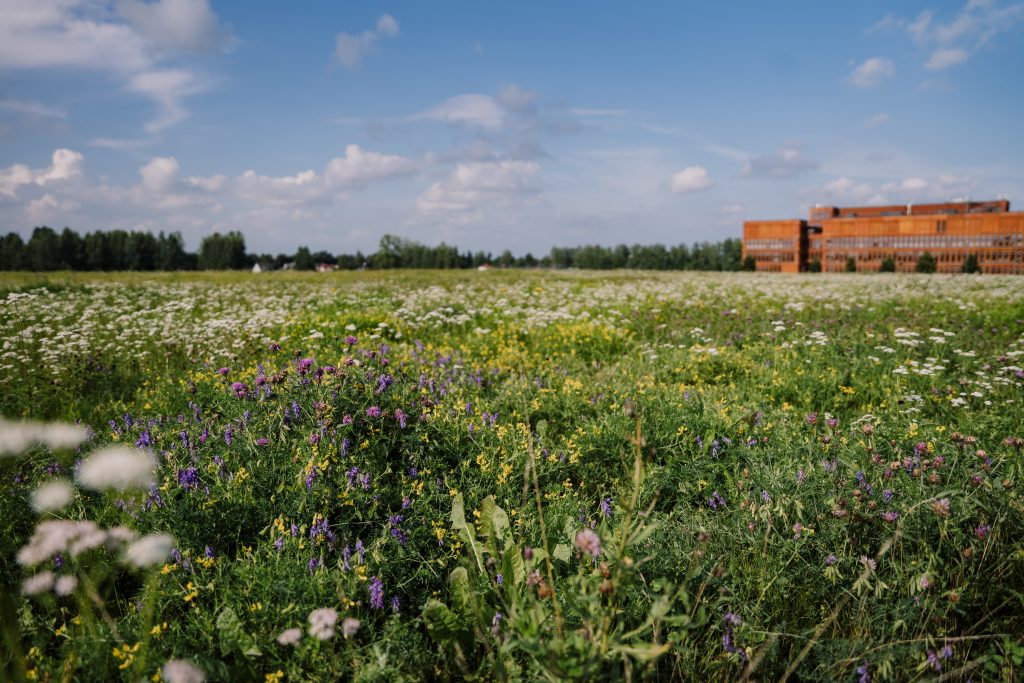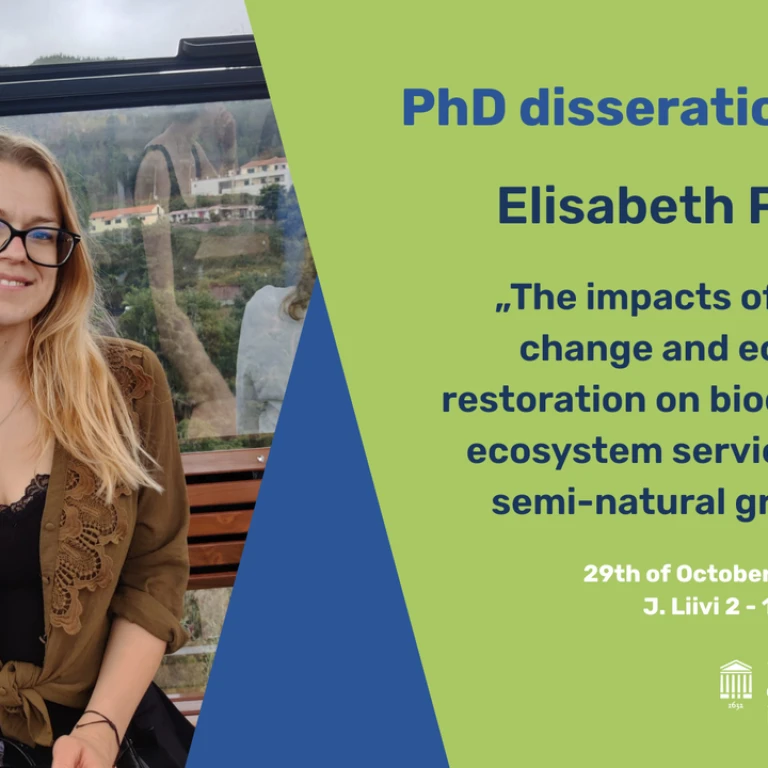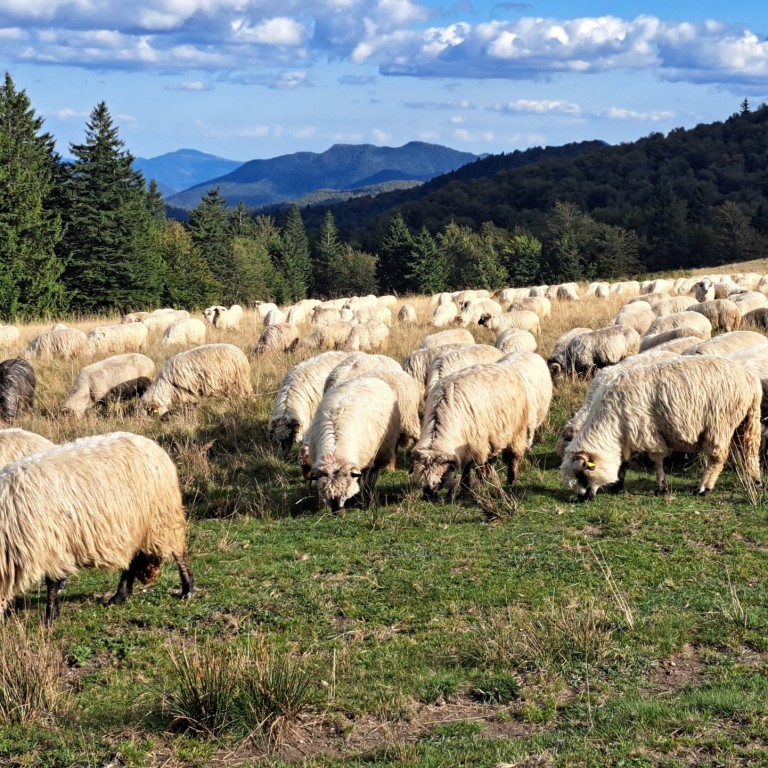Researchers from the University of Tartu and the City of Tartu are designing a Maarjamõisa field as a nature-rich green area, where city residents will also be delighted by sheep, meadows, and a nettle maze. The landscape architect of the demonstration area is Merle Karro-Kalberg, a Junior Research Fellow in Urban Ecology from the Landscape Biodiversity Workgroup.
In the Maarjavälja green area, located between Viljandi Road and the Physicum and Chemicum buildings of the University of Tartu, experiments will be carried out to enrich urban nature by providing necessary benefits for wildlife and a healthy living environment for people. Sheep will spend their summers in the green area, a rich plant selection will be planted there, and an outdoor classroom will be built. Local organisations are invited to introduce and test their innovative and environmentally friendly solutions in the green area.
In addition to creating an environment close to nature for people, the aim is to find out what is the most effective way to make the city's green areas more biodiverse. To this end, meadow restoration test plots are planned for Maarjavälja, which will allow researchers from the University of Tartu to obtain valuable information about the creation and restoration of meadows. To do this, native plant species grown in Estonia are sown, soil enriched with mycorrhiza is brought from the donor area, and new meadow patches are established to spread the seeds.
“In the case of meadow experiments, it must be taken into account that the development of communities takes several years and a little patience is required. At the same time, this gives both city dwellers and scientists a good opportunity to calmly observe the meadow experiment from an ecological and social point of view. In a few years, it will be clearer which methods work for both urban nature and people. We can use this knowledge more confidently in the future to make the city's public green spaces more biodiverse,” said Karro-Kalberg.
The Maarjavälja demonstration area will be completed as one of the activities of the LIFE project “Tartu ROHEring”.
The news was published on the University of Tartu website and the city website (both in Estonian).




